
Contributed by Laurie Fendrich / Some 250 years after the birth of the English Romantic painter J.M.W. Turner (1775–1851), the Yale Center for British Art has re-opened its renovated Brutalist building with “J. M. W. Turner: Romance and Reality,” a perfectly scaled, carefully curated exhibition of 77 Turner prints, watercolors, and oil paintings from its collection of his works, the largest outside Britain.
Joseph Mallord William Turner, despite the aristocratic concatenation of names, was born in London to the daughter of a butcher and a barber-cum-wigmaker. He began painting when he was a child. At age 10, he was sent away to school in Margate, Kent. As a teenager, he began taking art classes at the Somerset branch of the Royal Academy, as well as studying with an architect and learning to make topographical drawings. In 1790, Turner became a member of the Royal Academy, and later a professor there. His first exhibitions were of watercolors, which garnered him praise, and within a few years he began exhibiting oil paintings. A recluse and a difficult (“eccentric”) man, Turner nevertheless dominated the British art scene for several decades simply on the basis of his work and died wealthy.

Like most contemporary painters, I was taught that Turner was a precursor to modern art, arguably the first modern artist. His revolutionary move was to replace the serene French classicism of Claude and Poussin with an expressive, sometimes wild, interpretation of nature as a fount of overwhelming beauty and majestic terror beyond human comprehension. Yet many of his paintings contain tiny human figures – tending animals, walking on the shore, at sea, or working on a ship in port – that reveal a keen awareness of the human footprint, and especially the nascent Industrial Revolution. Hence the inclusion of “Reality” alongside “Romance” in the show’s title. Presciently, Turner was interested in what humankind was doing to nature as well as nature itself.
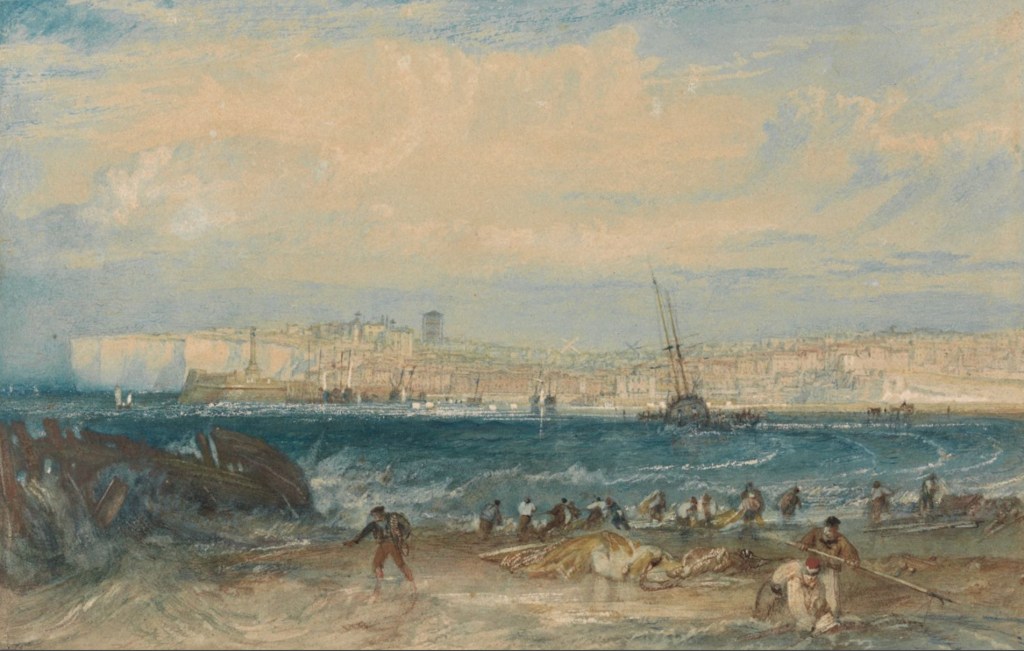
In a vitrine is a small sketchbook he made 1845 while visiting Margate, one of over 300 Turner produced, and thought to be his last. Almost every side of its 90 or so pages have marks. Most are rapid-fire watercolor seascapes, but some pages contain light pencil drawings, a few smudges, or horizontal streaks, and many are simply blank. As a painter, I’m about as far from Romanticism as you can get (I admit, however, that the way he creates color depth through multiple glazes could almost turn me into a fan). In seeing Turner at his most unself-conscious – as an artist privately sketching with no pretensions to making art or to pleasing collectors or critics – I gained a better sense of what his paintings mean. While many of the sketches are resolutely abstract, they don’t make Turner an abstract painter. His abiding concern was what he saw in nature. The sketches confirm what his paintings suggest: that his task was to capture the most ephemeral and ineffable aspects of nature – air, mist, sky, clouds, and especially light – and that it was aesthetically Sisyphean.
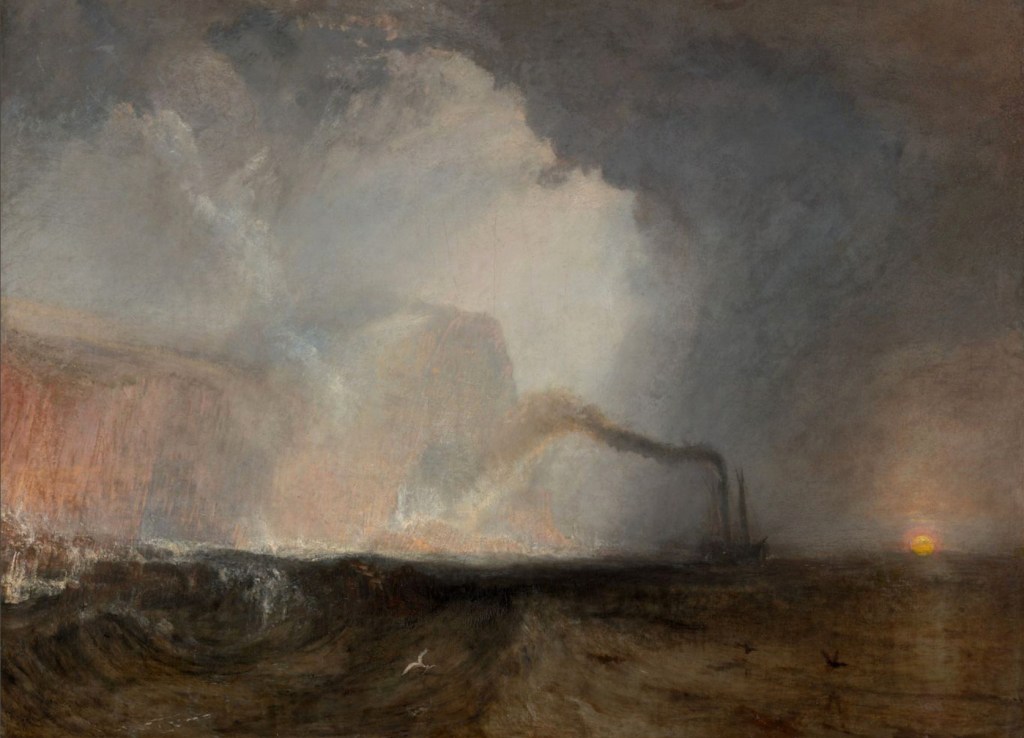
If a single work in the exhibition could sum up Turner, it might be Staffa, Fingal’s Cave, a 40 x 52-inch oil painting that seems much larger than that. A thick stream of noxious steam emanates from a ship near high cliffs before dissolving into them. A cave is bright but barely discernible against billowing white clouds. On the far right, the sun sits on the horizon, an ugly, angry orange. Possibly Turner was drawing on memories of England in 1816, when global pollution from the eruption of the Tambora volcano in Indonesia wreaked economic and environmental havoc all over Europe and rendered the English sky an acrid but brilliant orange, pink, and green. This was nature at its most indifferent to human beings, dismissing them for their hubris. Turner’s dying words were said to have been: “The sun is God.”
“J.M.W. Turner: Romance and Reality,” curated by Lucinda Lax, Curator of Paintings and Sculpture, with assistance from Anni A. Pullagura, former Postdoctoral Fellow.The Yale Center for British Art, New Haven, CT. Through July 27, 2025.
About the author: Laurie Fendrich is an abstract painter and arts writer who lives in Lakeville, CT. She is represented by Louis Stern Fine Arts in Los Angeles and is a frequent contributor to Two Coats of Paint.

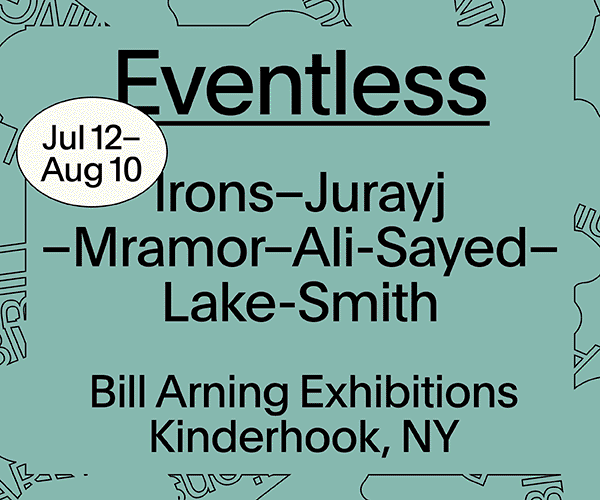
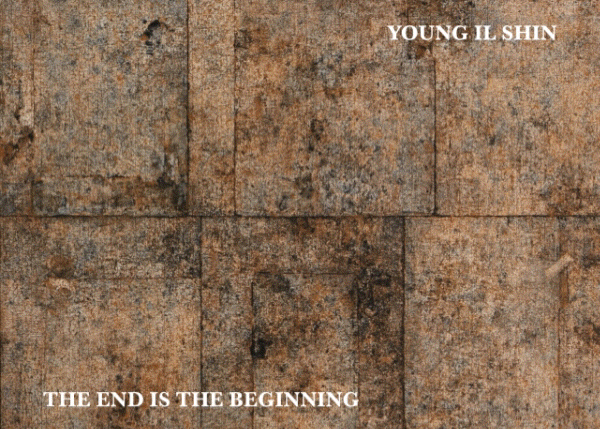
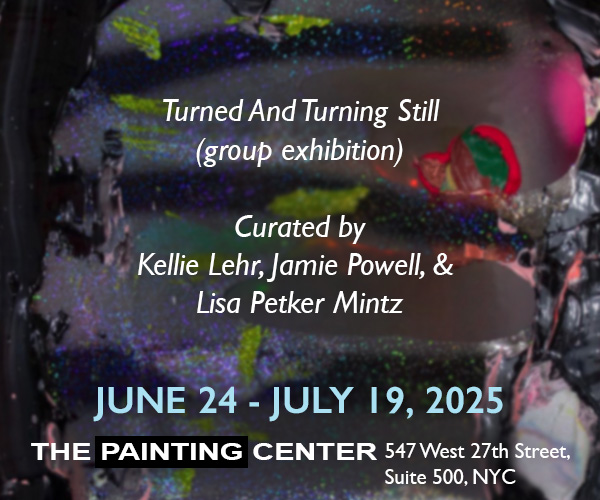
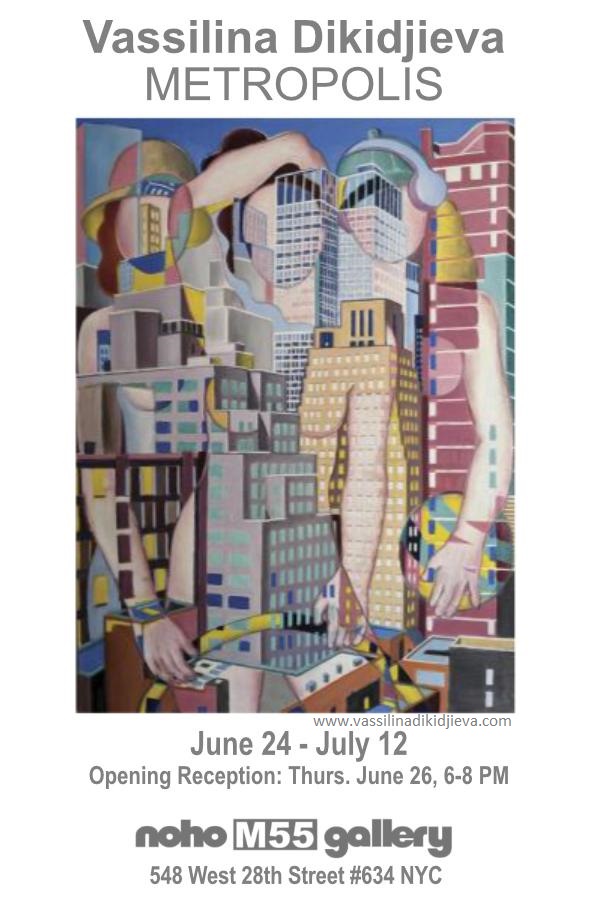
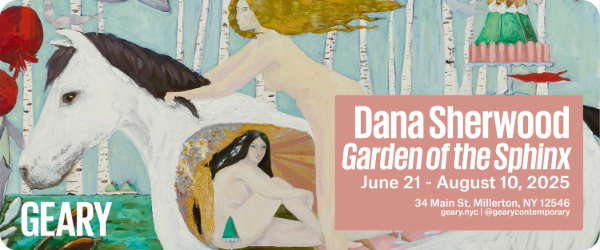










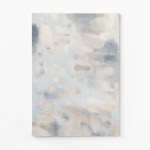
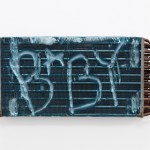
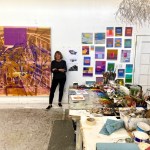
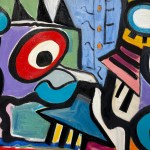
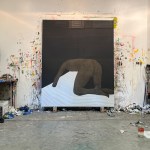
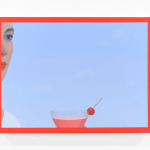
Thanks for the excellent review, Laurie. I wish I could make it back to the East Coast to have a look!
Excellent Laurie. Shared.